HydraFacial Vs. Chemical Peels: Which Is Right For You?
When it comes to choosing between a HydraFacial and a chemical peel for your skin treatment, understanding the differences is essential. Here’s what you need to know:
What is a HydraFacial, and how does it work?
The HydraFacial is a medical-grade hydra dermabrasion device with six targeted steps: cleansing, exfoliation, hydration, extraction of impurities, and infusion of antioxidants, peptides, and hyaluronic acid. This multi-step procedure rejuvenates the skin and addresses various concerns like enlarged pores, fine lines, wrinkles, dark spots, dry skin, acne, and dullness.
A unique feature of HydraFacial is its ability to apply booster serums for personalized results, targeting issues like acne, aging, pigmentation, or rosacea. This pain-free treatment stimulates collagen production, resulting in fresher, healthier-looking skin while addressing specific concerns.
Downtime for HydraFacial:
The HydraFacial is a quick, efficient treatment that typically takes about 30 minutes. There’s no downtime, and you can apply makeup immediately and resume your normal activities. Unlike many chemical peels, it usually doesn’t lead to post-treatment peeling.
What do chemical peels do?
Chemical peels remove dead skin cells, excess oil, and grime on the skin’s surface, revealing healthier skin underneath. They lead to a smoother complexion that reflects light better and allows skincare products to perform optimally. Chemical peels come in various strengths, addressing concerns like acne, pigmentation, fine lines, wrinkles, and dullness.
The ingredients in chemical peels, such as glycolic or salicylic acid and retinol, also promote skin repair in the deeper layers, improving skin health overall.
Downtime for Chemical Peels:
The downtime varies based on the peel’s strength. Mild peels, like those with glycolic or lactic acid, typically have no significant downtime, just minor flaking in the days following treatment. Moderate peels, such as TCA or retinol peels, may require a few days of downtime due to skin flaking and peeling. Deep peels, like phenol peels, may need more downtime as they penetrate deeply, and the skin can be vulnerable to infection.
Peeling usually starts 3-4 days after treatment and continues for 5-7 days, depending on the peel’s intensity.
Choosing the Right Treatment:
The decision between a HydraFacial and a chemical peel depends on your specific skin concerns and lifestyle.
A course of HydraFacial treatments is ideal for resurfacing the skin, addressing mild conditions, or refreshing the skin before special events. For more severe issues like acne scarring or sun damage, a medium to deep chemical peel may be more suitable.
The HydraFacial is versatile and suitable for all skin types, even sensitive skin. It’s gentle, with no discomfort, downtime, needling, pinching, or abrasion. It fights early signs of aging, shields against environmental pollutants, and complements other treatments like dermal fillers.
Ultimately, the choice depends on your skin’s needs and your preferences for downtime and treatment experience.
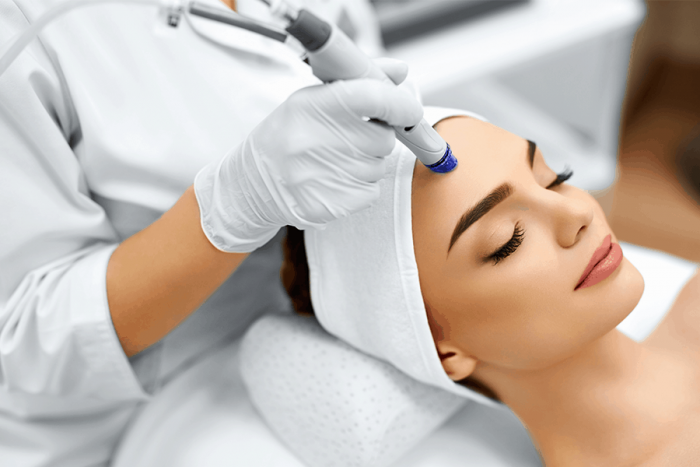


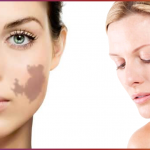




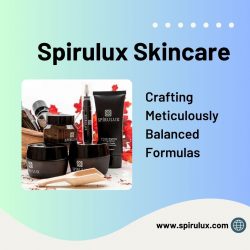
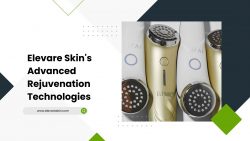



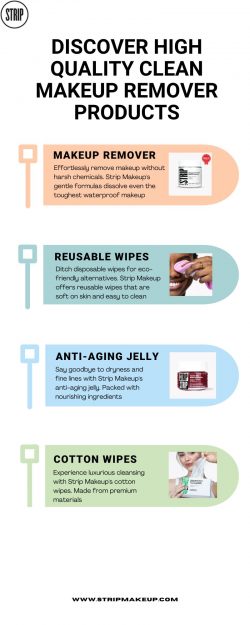

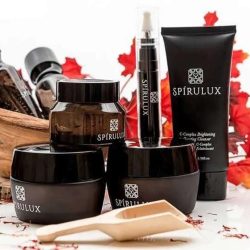
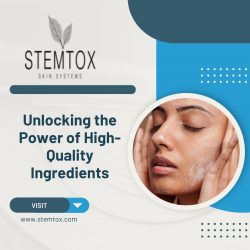


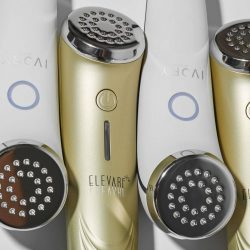
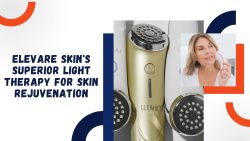
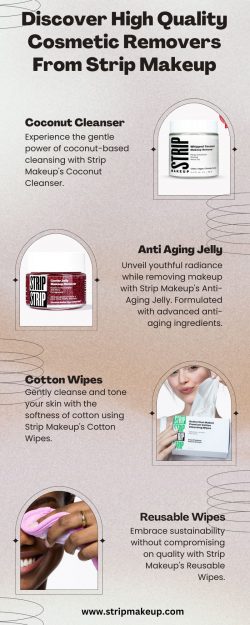
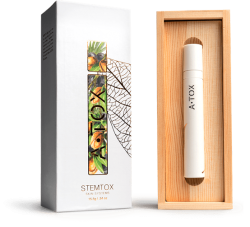
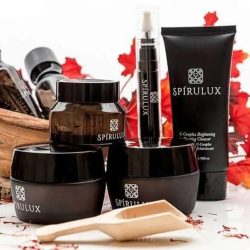
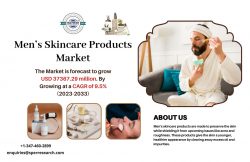

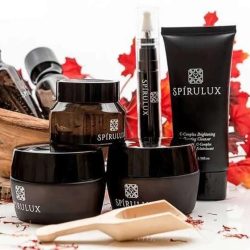
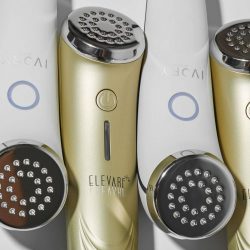
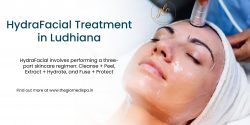
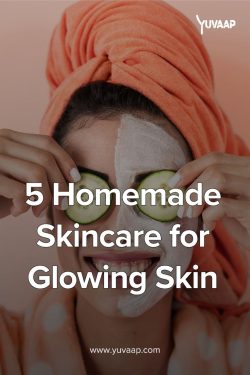
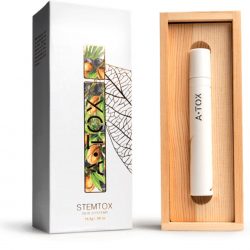
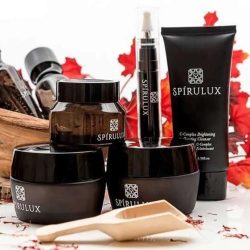

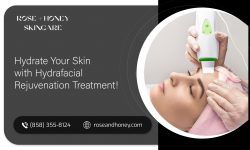
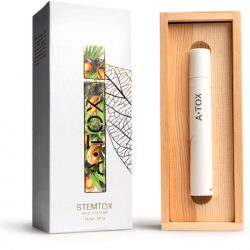
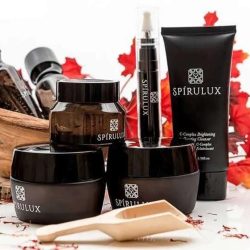


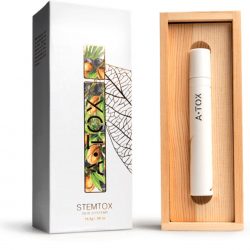
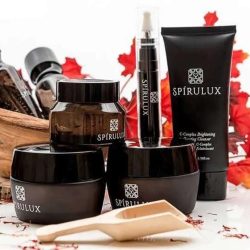
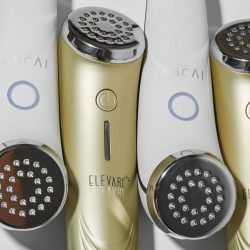

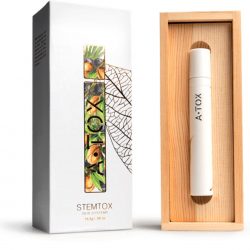
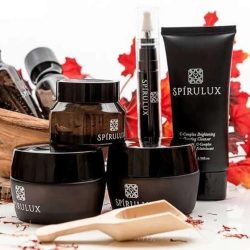
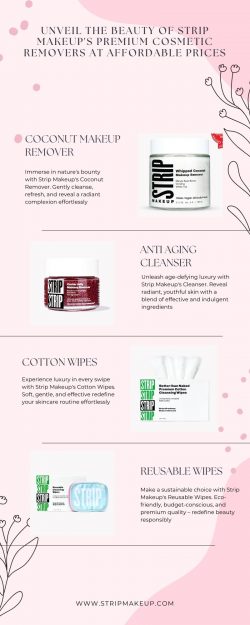
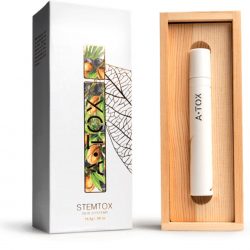

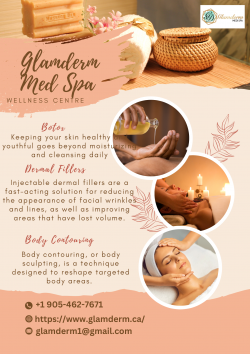

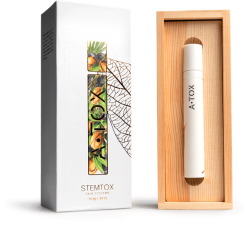
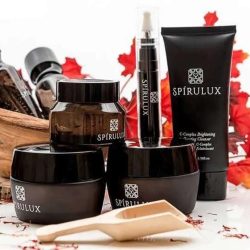

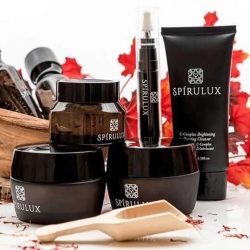
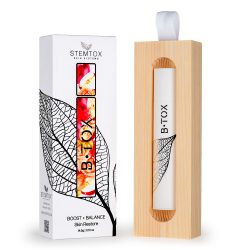
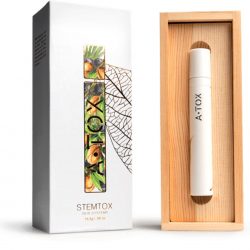
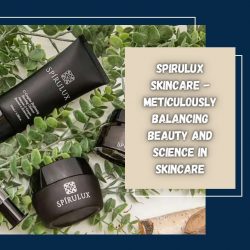
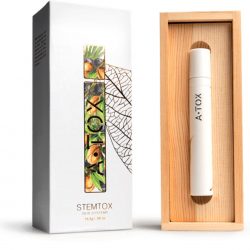
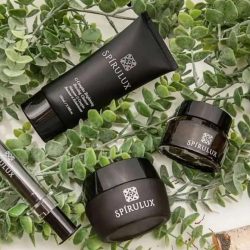


Those considering the purchase of laser hair removal machines, whether for personal or professional use, should explore their options thoroughly. masaje percusion